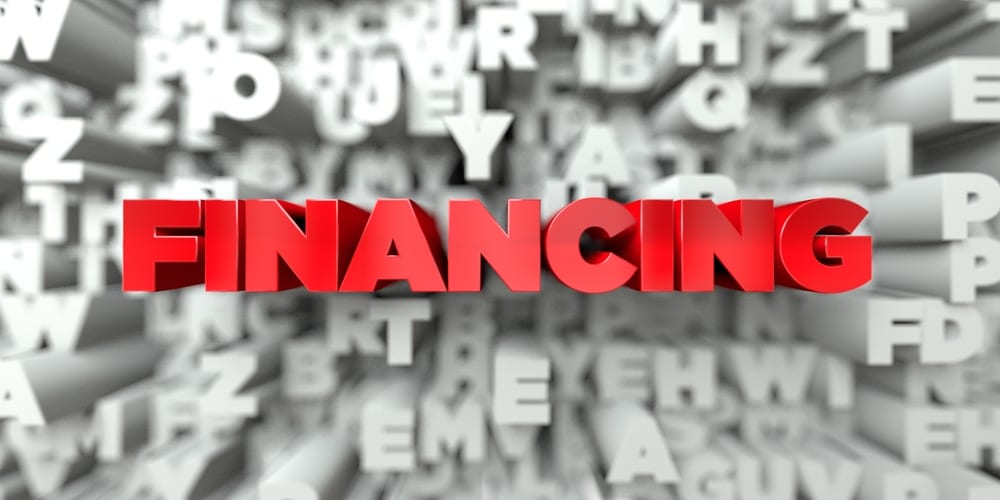In America, three out of every ten jobs are held by a self-employed business owner, or by the workers that are employed by a small business. According to 2014 statistics released by the
The Profile of an Average Self-Employed American
What does a freelance professional working from home look like, from a demographic perspective? Data in the “Demographic Characteristics of Business Owners” report from the Small Business Administration (SBA) revealed that there is a great deal of diversity.
Research from the 2012 report revealed that:
- 14.6% of small business owners were minorities. This was an increase compared to only 11.5% of minority owners in 2007.
- 2.3 million businesses were Hispanic-American owned.
- 1.9 million small businesses were owned by African-Americans.
- 1.6 million businesses were owned by Asian-Americans.
- 36% of small business owners and self-employed were women.
The research reveals that self-employment transcends barriers of gender, ethnicity and geography to create jobs and income for the under-employed. For more valuable insights into self-employment in America, visit the Kauffman Index of Entrepreneurship Series.
Lender Laws Have Historically Been Unkind to Freelancers
Antiquated finance laws in the United States place an unfair and unreasonable burden on the self-employed. Despite the fact that small businesses drive the economic recovery and growth, creating jobs for millions of unemployed every year, growing your business as an entrepreneur can feel like an uphill climb with road blocks, particularly when it comes to personal financing for large ticket items, such as the purchase of home.
The National Mortgage Association (Fannie Mae) has historically held an unofficial regulatory grudge against entrepreneurs, freelancers and individuals living on retirement, social security or disability benefits.
Some of the restrictions that applied to self-employed borrowers in the past included providing a minimum of two-years of income tax returns demonstrating income dispersals. However, as small business owners or freelancers are entitled to write-off expenses (in order to be taxed on net profit after cost of operating), lenders were only interested in the net profit amount in terms of liquid income or earning ability.
Some self-employed professionals in the past, have had to declare fewer expenses, and pay more in aggregate income tax, in order to increase the net profit earnings on their tax returns, and qualify for a mortgage. This placed an unfair burden on freelancers, who had to pay additional taxes (despite allowances for expenses) for a minimum of two years prior to purchasing a home. This “double jeopardy” choice also placed the same individuals at higher risk of being audited by the Internal Revenue Service (IRS), if exemptions varied too much from previous returns.
The reality for many freelance professionals was to attempt to qualify using the credit history of a salaried spouse, or to seek co-signers or guarantors for a mortgage. Qualifying for a Federal Housing Administration (FHA) loan also presented some challenges historically, as self-employed applicants were required to be in business for more than two years, and have thorough records of all earnings by month, to prove income consistency.
Fannie Mae Guidelines Changed in 2015
Many professionals and small business owners may not be aware that the laws pertaining to lending and qualifications have finally caught up with the growing national trend of self-employment. In August of 2015, several policy updates went into effect that have made it easier for freelancers to buy their first home, using Fannie Mae or conventional lending options.
#1. Self-Employed with Irregular Business Income Distributions
Borrowers can now show a letter of incorporation or K-1 filing, and demonstrate liquidity to allow for personal income withdraws.
#2. Self-Employed Without Two Years of U.S. Income Tax Returns
- Borrowers can now use only one year of federal income tax return to qualify.
- Lenders require a monthly cash-flow analysis for a minimum of twelve months of income.
#3. Self-Employed Part-Time with a Salaried Income
- Salaried individuals are not required to provide their freelance or small business part-time income or disclose it to lenders.
- This assists individuals who are receiving a pension, social security income, or other investment income separate from freelance earnings.
- If salaried income is insufficient to qualify, self-employment income can be added with tax returns and documentation.
It may be overdue, but the changes to lending guidelines and qualifications are welcome relief to the growing number of self-employed in the United States. Operating a successful consultancy or small business involves a lot of hard work, and it is good to know that lenders will not overtly penalize the self-employed, who can now have more lending options, and home ownership, well within reach.
Preparation for Mortgage Approval
As a self-employed professional, the administrative work should start at least three years before you intend to apply for a mortgage. There are several steps that you can start taking immediately to improve your chance of approval through Fannie Mae, FHA, or Veteran lending requirements.
- Check your credit score and address any notations, errors or other issues that may be lowering your FICO rating. If purchasing with a partner or spouse, a credit evaluation and clean-up may be required for the co-purchaser.
- Organize previous tax returns where self-employed income was declared. Make sure to create profit and loss summaries to declare net income or loss.
- Try to save at least 10% for a down payment and closing costs. Entry level properties or “starter homes” often require that the buyer pay for closing expenses.
Compared to starting and running your own successful business, buying a home should be less complicated. Self-employed first-time home buyers should expect to see other provisions that support (not penalize) entrepreneurs and small business owners in the future.
Image: FINANCING – Red text on typography background – 3D rendered royalty free stock image. This image can be used for an online website banner ad or a print postcard.


